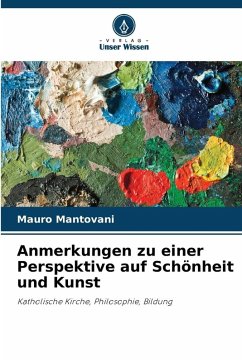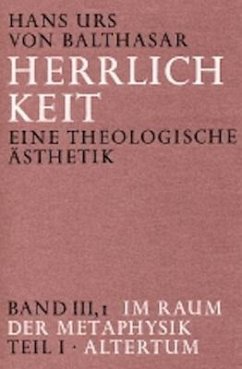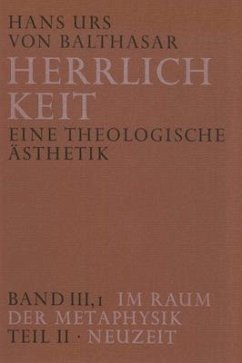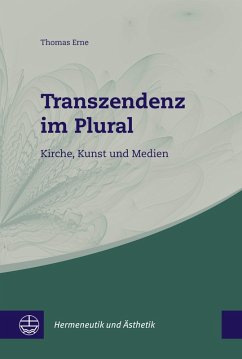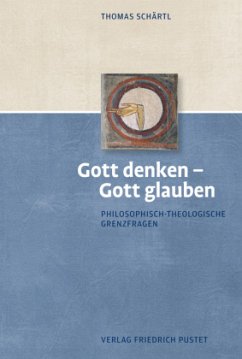
Kunst - Philosophie - Transzendenz
Gegen die Zersplitterung unserer Kultur

PAYBACK Punkte
0 °P sammeln!
Über 2.000 Jahre lang bildeten Philosophie und Kunst eine Einheit, die aber im 19. Jahrhundert zerbrach. Nun bezog sich die Philosophie auf die objektive Realität unter Ausschluss des Ästhetischen, das nur noch subjektiv war. Dieser Zustand ist unnatürlich, denn die Kunst ist sicher nicht nur ein Spiel rein subjektiver Emotionen. Um den Graben zwischen Kunst und Philosophie erneut zu überbrücken, scheint sich die Phänomenologie bzw. Leibphilosophie anzubieten mit ihrem fundamentalen Konzept der Stimmungen oder Atmosphären, die all unser Erkennen, Wollen und Gestalten trägt. Man könnt...
Über 2.000 Jahre lang bildeten Philosophie und Kunst eine Einheit, die aber im 19. Jahrhundert zerbrach. Nun bezog sich die Philosophie auf die objektive Realität unter Ausschluss des Ästhetischen, das nur noch subjektiv war. Dieser Zustand ist unnatürlich, denn die Kunst ist sicher nicht nur ein Spiel rein subjektiver Emotionen. Um den Graben zwischen Kunst und Philosophie erneut zu überbrücken, scheint sich die Phänomenologie bzw. Leibphilosophie anzubieten mit ihrem fundamentalen Konzept der Stimmungen oder Atmosphären, die all unser Erkennen, Wollen und Gestalten trägt.
Man könnte sich fragen, ob von hier aus ein Übergang zum Glauben möglich wäre. Zwar nicht direkt, aber der gläubige Mensch findet doch in der Gestimmtheit unserer Grundvollzüge eine Bestätigung seines Glaubens.
[Art - Philosophy - Transcendence. Against the Fragmentation of Our Culture]For over 2,000 years, philosophy and art formed a unity, which broke down in the 19th century. Philosophy now referred to an objective reality excluding aesthetics, which was only subjective. This state of affairs is unnatural, because art is certainly not just a play of purely subjective emotions. In order to bridge the gap between art and philosophy once again, phenomenology or »Leibphilosophie« (philosophy of the body) seems to offer itself with its fundamental concept of moods or atmospheres, which underpins all our cognition, will and creating.
One could ask whether a transition to faith is possible from here. Not directly, but the believer does find confirmation of his faith in the atmosphere of the church's nature.
Man könnte sich fragen, ob von hier aus ein Übergang zum Glauben möglich wäre. Zwar nicht direkt, aber der gläubige Mensch findet doch in der Gestimmtheit unserer Grundvollzüge eine Bestätigung seines Glaubens.
[Art - Philosophy - Transcendence. Against the Fragmentation of Our Culture]For over 2,000 years, philosophy and art formed a unity, which broke down in the 19th century. Philosophy now referred to an objective reality excluding aesthetics, which was only subjective. This state of affairs is unnatural, because art is certainly not just a play of purely subjective emotions. In order to bridge the gap between art and philosophy once again, phenomenology or »Leibphilosophie« (philosophy of the body) seems to offer itself with its fundamental concept of moods or atmospheres, which underpins all our cognition, will and creating.
One could ask whether a transition to faith is possible from here. Not directly, but the believer does find confirmation of his faith in the atmosphere of the church's nature.




